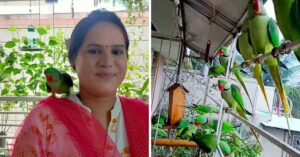How 6 Bird-Loving Communities are Saving Our Feathered Friends from Extinction in India
Birds depend on trees and water bodies for their survival, but have faced a decline in numbers because of urbanisation and deforestation. Here's how six communities in India are changing that in small but significant w
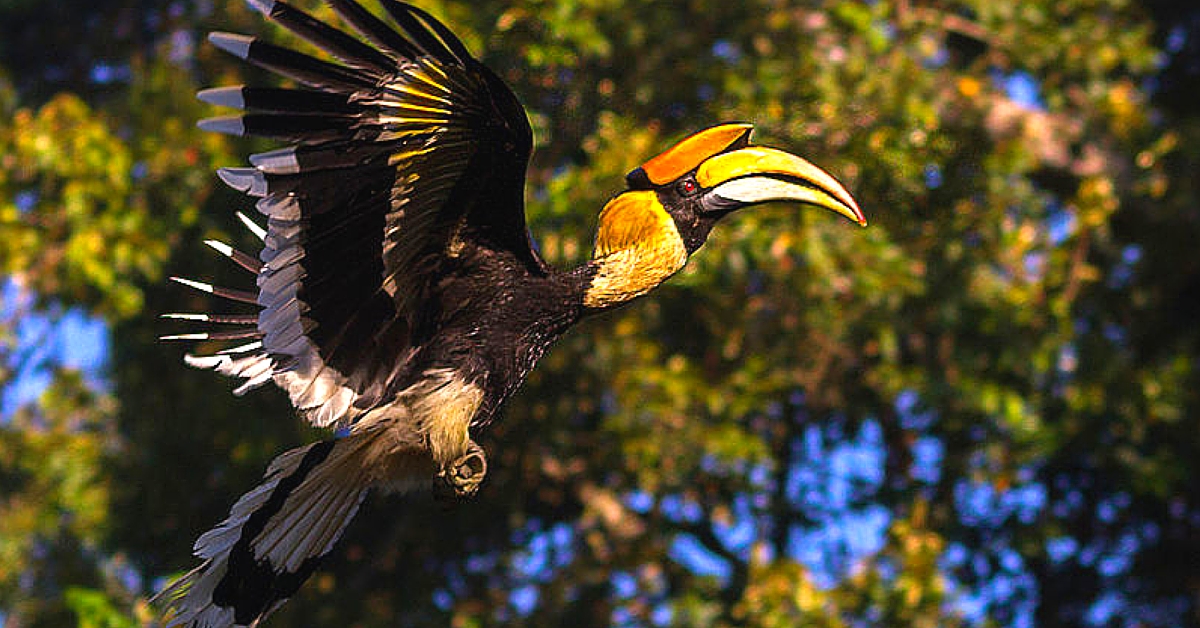
Birds depend on trees and water bodies for their survival, but have faced a decline in numbers because of urbanisation and deforestation. Here’s how six communities in India are changing that in small but significant ways.
In the face of rapid urbanisation, wildlife is losing its place in the race of survival. Birds, who depend mainly on trees and water bodies, have faced a shocking decline in numbers. But six communites in India, from east to the west, are taking small but significant steps that are helping birds revive their population. Here’s a list to be inspired by:
The Bidar Feeders

Source: pixabay.com
In Bidar, at the north-east tip of Karnataka, two young boys have taken it upon themselves to bring more birds to their area. Postgraduate student Vangapalli Vinayak was inspired by the idea of hanging pots of food and water out for birds. It spurred an idea in him, and he converted a tripod into a pot-holder. He filled up the two pots with millet and water, and hung it in an empty plot next to his house. The next morning, his household woke up to the sounds of birds chirruping and fluttering by. “Bidar is suffering from unprecedented heat. Most of the water bodies, wells and borewells are drying up. While cattle and pets are fed at least once a day by their owners, wild animals and birds are on their own,” said Vinayak to The Hindu, “We thought we should do something about it. A lot of people are calling up to ask where to get the feeders. Some say feeding the birds has been gratifying.” This in turn inspired another engineering student, Sainath Sharma, to put up bowls of water and seeds in his garden. To attract the birds, he also recorded bird sounds on his phone, and plays the sounds through the phone, kept hidden among the bushes.
The Hornbill Saviours of Pune

Source: Wikimedia Commons
In Pune, bird enthusiasts are adopting hornbills in Arunachal Pradesh. Hornbill numbers were decreasing at an alarming rate in the North Eastern tip of India, and forest officials responded by encouraging the local Nyishi community to help protect their habitat. Amruta Rane, a bird-lover based in Pune, decided to appeal other Punekars to raise funds that could help the Nyishi community to keep up their habitat and save the nests. “When people adopt a Hornbill’s nest, they donate money that is used to provide financial help to the locals there who protect the nests,” said Rane to the Pune Mirror, “Their salaries and equipment are taken care of with this money. Due to this initiative, local communities have been successful in making the region a safe haven for the birds.” She has managed to convince many residents to make a yearly contribution of at least Rs 5000, which has helped the community keep the hornbill population thriving.
Free Nests in Nagpur
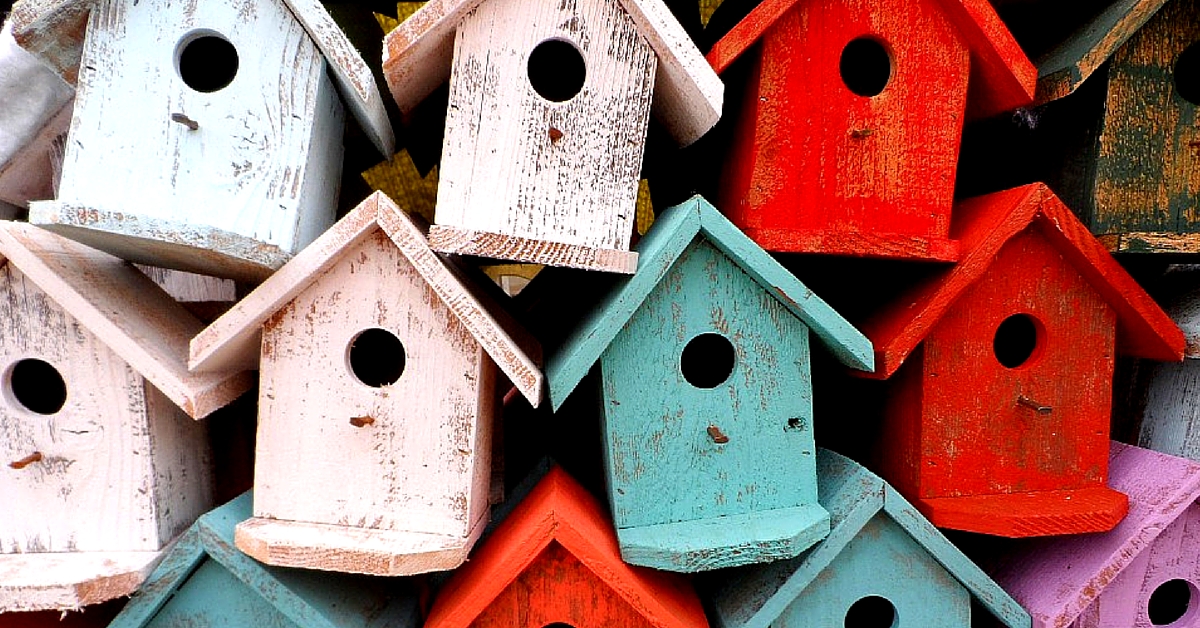
Source: pixabay.com
For the past four years, the Yashodhara Foundation, a Nagpur-based NGO, has worked on raising awareness about the importance of birds, and how to revive its population. They built 1000 nests, which they distributed to residents, early this year. They displayed these nests during events and exhibitions. When people register themselves for a nest, the NGO representative go to their house to install it for them. Tanveer Mirza, president of the NGO, said to TOI, “We don’t charge them anything. We only expect them to maintain it well by keeping a sufficient supply of water and food grains.” Over three years, they have installed 1600 bird houses at various houses, and plan to add 1000 more by the end of 2016. The bird houses are built by students from schools and colleges during training sessions and workshops conducted by the NGO.
Ahmedabad Saved 1728 Birds This Year
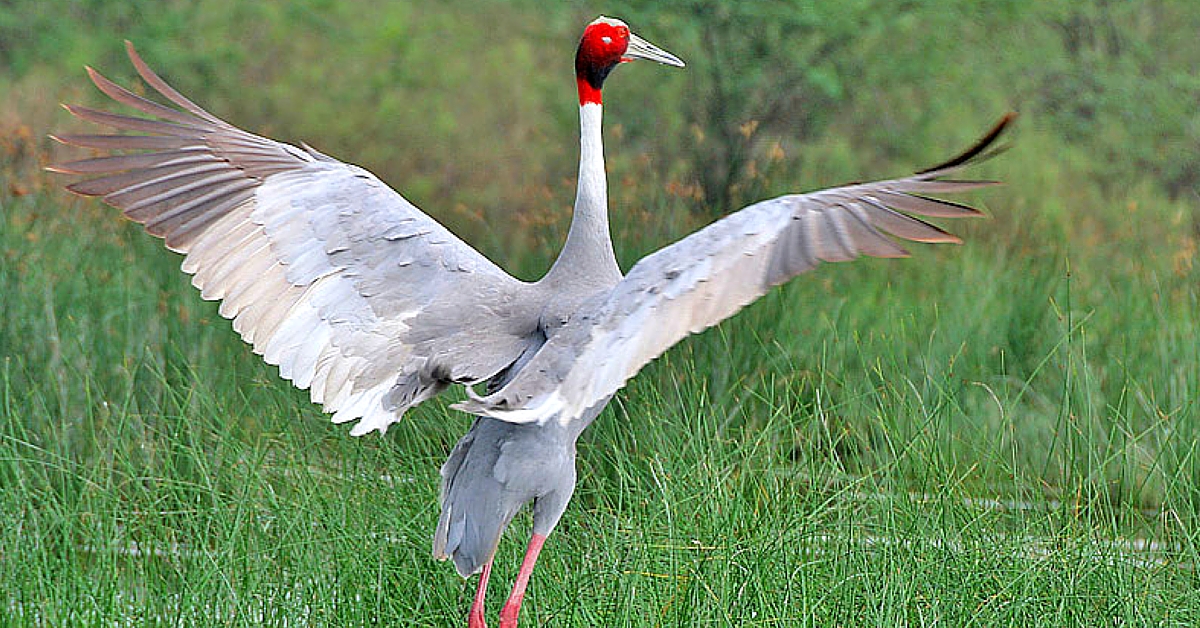
Source: Wikimedia Commons
Kite festivals are all fun and part of an ancient tradition, but we rarely notice how they affect birds. This January, officials of the Save the Birds campaign reported that they rescued 1728 birds from injuries sustained during the Uttarayan kite festival. Among these were the pelican, sarus crane, white rumped vulture, grey leg geese and other endangered species of birds. These birds have only the residents of the city to thank, as, according to the forest officials, citizen groups volunteered to look for injured birds for a week during the festival. Besides this, volunteers also used the 24 helplines set up by the forest department to alert officials, while 22 NGOs and 102 doctors came together to help the injured birds. The community-centric campaign has been running for nearly seven years, during which time they’ve managed to help 12,353 birds.
The Pelicans of Kokrebellur
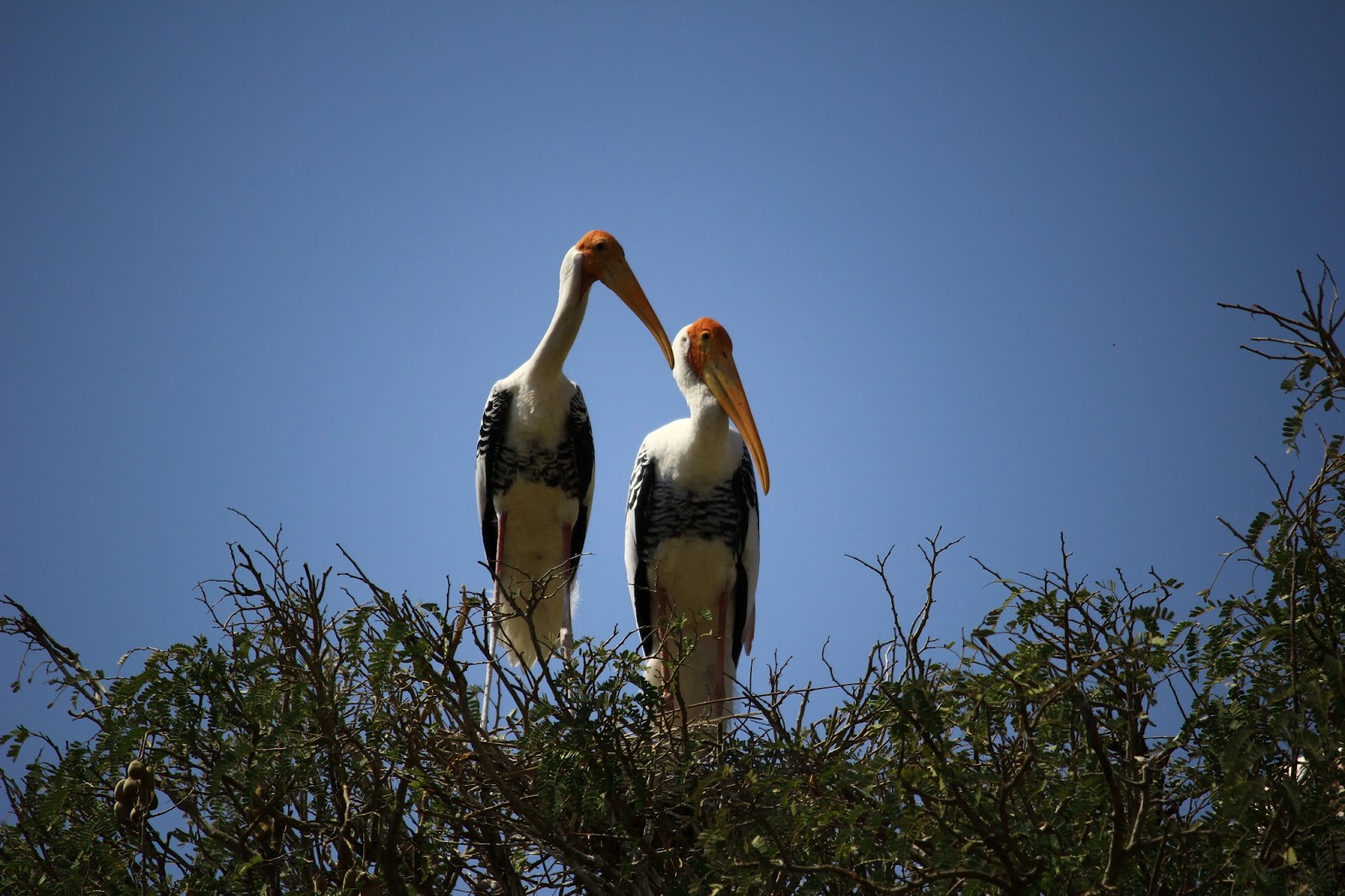
Kokrebellur, a Karnataka village in the Mandya district, is one of the 21 popular nesting spots for spot-billed pelicans. The village is close to Thylur, a watering spot, which attracts these birds for its fish. For more than a decade, this village has adopted the pelican as its own. They consider these birds as part of their heritage, and await their return during the breeding season, eagerly. The bird droppings are also a rich source of phosphorous and potassium, which helps in farming. Since the pelicans unwittingly destroy crops, the government has agreed to provide compensation to the farming families in the village.
Read More: A Village Where Farmers Adopt And Nurture Rare Birds Even If They Harm The Crops!
Rare Stork Protectors of Assam

Source: Wikimedia Commons
Assamese women in Sensowa and Khutikotiya villages of Nagaon (about 122 kilometres east of Guwahati) are protecting what is left of the 1800-strong stork population. The Greater Adjutant Stork, called Hargila locally, has been listed as an endangered species by the UN. Calling themselves the Hargila Army, about 70 women from these villages ensure that trees aren’t cut in their villages. These storks breed and raise their young on the tall silk trees, and have suffered a major cutback in the population because of deforestation. Nirola Bora is one of the villagers who is protecting a tree that has five nests. “I love these birds and have made up my mind to protect them all my life. I am happy that I have been honoured for protecting a tree where the hargila lives and builds its colonies,” she said to TOI. The villagers are guided by Purnima Devi Barman, who came to the village in 2008 to do a PhD on these storks. Shocked by their decline in numbers, she raised awareness in the villagers through her NGO, Aaranayak. Since then, the number of nests have gone up in numbers, a pleasant development welcomed by the villagers and Barman.
Like this story? Or have something to share? Write to us: [email protected], or connect with us on Facebook and Twitter (@thebetterindia).
This story made me
- 97
- 121
- 89
- 167
Tell Us More
We bring stories straight from the heart of India, to inspire millions and create a wave of impact. Our positive movement is growing bigger everyday, and we would love for you to join it.
Please contribute whatever you can, every little penny helps our team in bringing you more stories that support dreams and spread hope.






